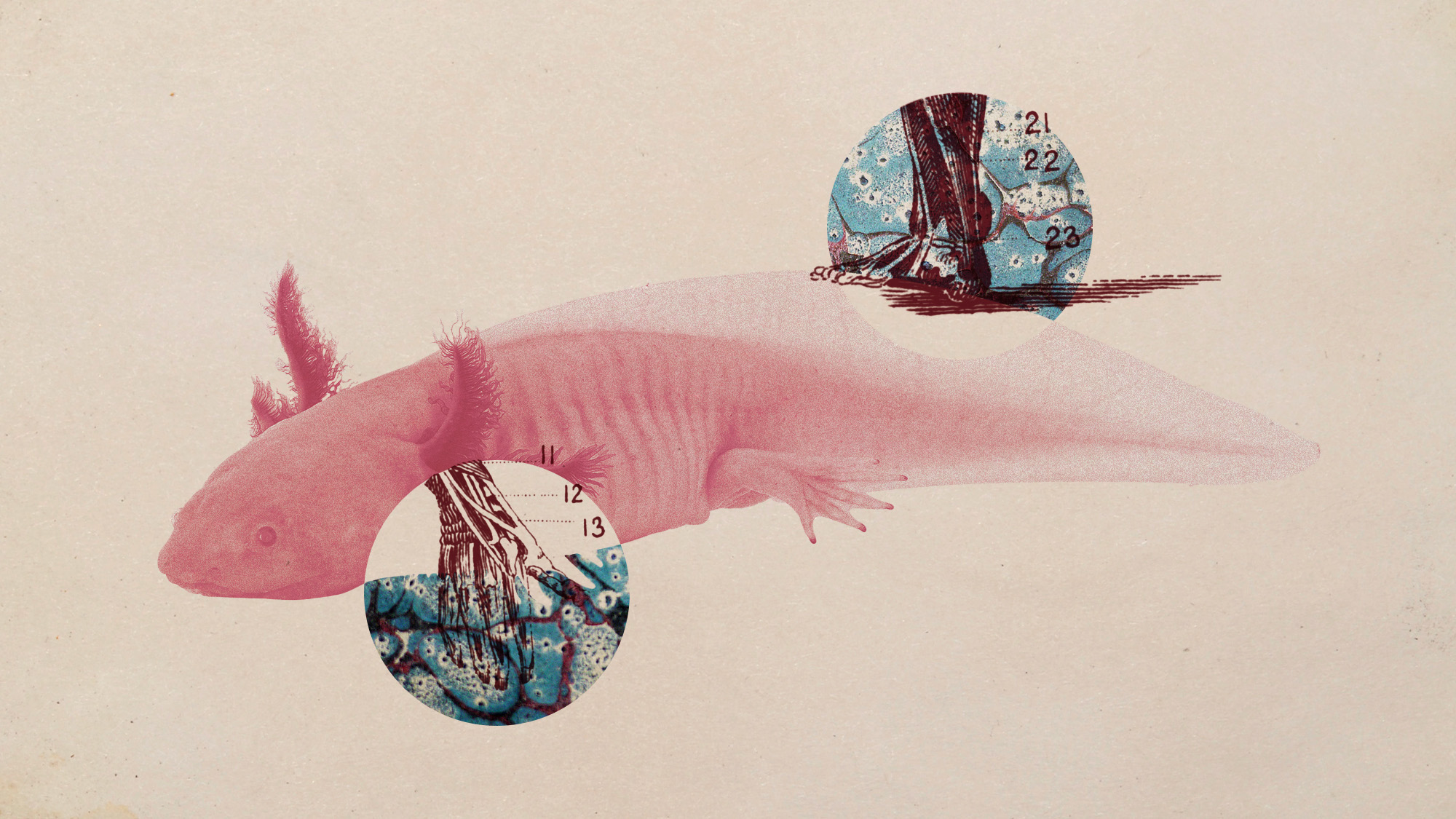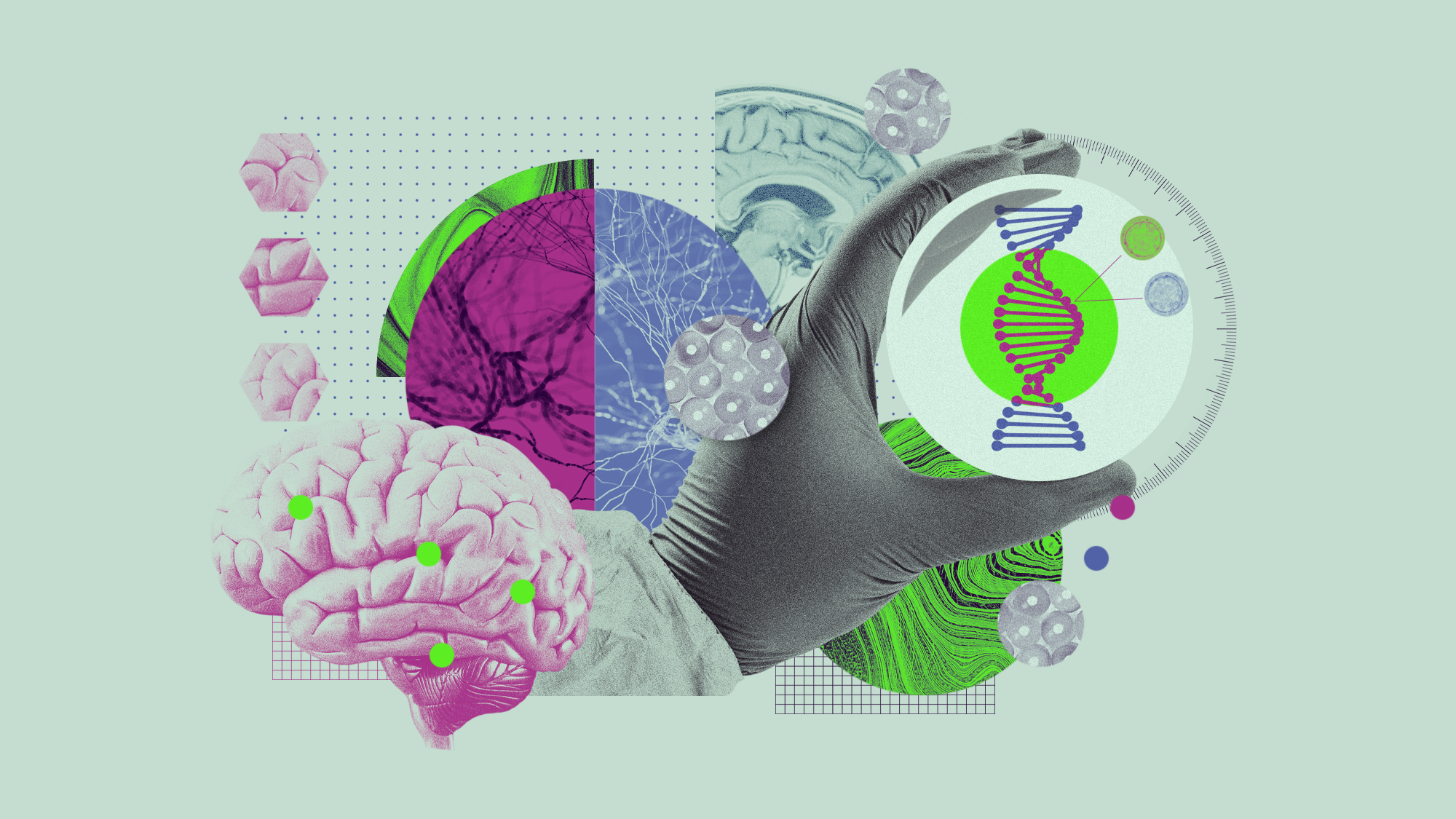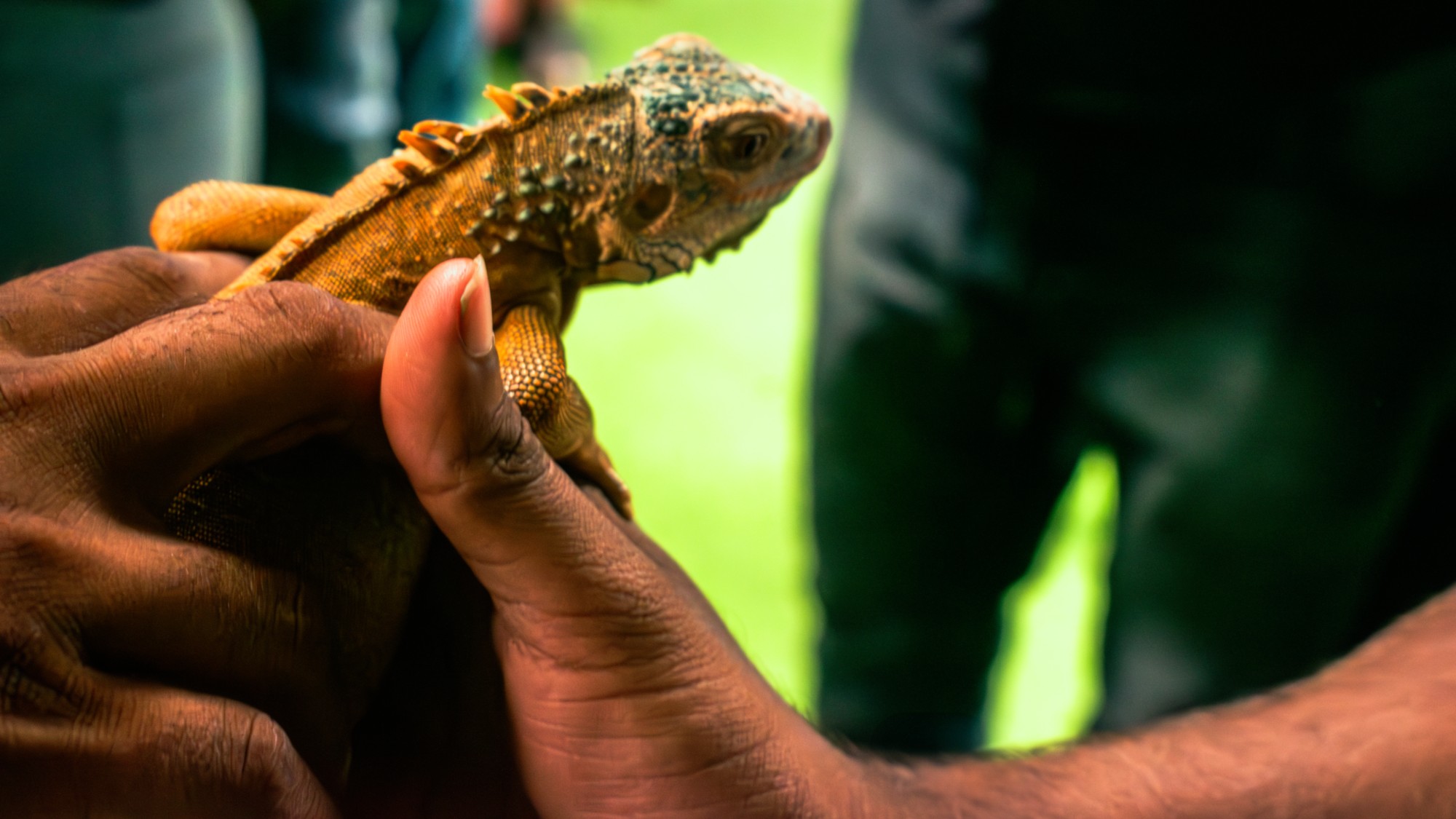Scientists want to regrow human limbs. Salamanders could lead the way.
Humans may already have the genetic mechanism necessary


Could humans be capable of growing new limbs? Scientists are trying to figure that out with the aid of an unexpected resource: salamanders. Research shows that the amphibians' regeneration abilities come from mechanisms that humans could also potentially access. This would open the door to a new understanding of human genes and their capabilities.
Going up in arms
Salamanders famously have the ability to regrow their limbs, but "one of the outstanding questions that has really plagued the field is how a salamander knows what to grow," said James Monaghan, a Northeastern University biologist, to The Washington Post. At long last, researchers have gotten some answers thanks to a study led by Monaghan and published in the journal Nature Communications.
The study examined the aquatic salamander, or axolotl. "This species is special," said Monaghan to the Post. They have "really become the champion of some extreme abilities that animals have." The axolotl is considered a "comeback king" because it is "able to regrow not only lost limbs but also tissue in the heart, lungs and even the brain," said the Post. The key to these abilities lies in retinoic acid. Found in retinol acne and anti-aging treatments, the substance is "responsible for signaling what body parts an axolotl's injured cells should regenerate — and how," said CNN.
The Week
Escape your echo chamber. Get the facts behind the news, plus analysis from multiple perspectives.

Sign up for The Week's Free Newsletters
From our morning news briefing to a weekly Good News Newsletter, get the best of The Week delivered directly to your inbox.
From our morning news briefing to a weekly Good News Newsletter, get the best of The Week delivered directly to your inbox.
But that was only half of the story. "For years we've known that retinoic acid, a derivative of vitamin A, is a crucial molecule that screams to cells 'build a shoulder!'" Monaghan said to Wired. "But the puzzle was how the cells in the regenerating limb-stump controlled their levels so precisely to know exactly where they were on the axis from shoulder to hand." As it turns out, the answer was in the exact concentration of retinoic acid in the body.
"Higher concentrations of retinoic acid tell an axolotl's body to keep growing leg length, while lower concentrations signal it's time to sprout a foot," said Popular Science. "Too much retinoic acid, and a limb can grow back deformed and extra-long, with segments and joints not present in a well-formed leg, hampering an axolotl's ability to easily move." One enzyme in particular, CYP26b1, is responsible for setting the correct concentration of the acid.
Getting a leg up
Retinoic acid is "important in the development of human embryos too, telling the cells where to grow a head, heads and feet," CNN said. However, "for an unknown reason, most of our cells lose the ability to 'listen' to the molecule's regenerative cues while in utero." For that reason, people can grow limbs while in utero, but not out of it. The question remains as to whether humans could actually find a way to access those same genetic mechanisms after birth.
"We might not need to turn on thousands of genes or turn off thousands of genes or knock out genes," Monaghan said. "It might just be triggering the reprogramming of a cell into the proper state where it thinks it's an embryo." This may potentially be done using CRISPR, a technology that can modify the DNA of living organisms. "While we are still far from regenerating human limbs, this study is a step in that direction," said Prayag Murawala, an assistant professor at MDI Biological Laboratory in Maine, to the Post. "Better understanding of gene regulatory circuit is essential if we have to re-create this in humans."
A free daily email with the biggest news stories of the day – and the best features from TheWeek.com
Devika Rao has worked as a staff writer at The Week since 2022, covering science, the environment, climate and business. She previously worked as a policy associate for a nonprofit organization advocating for environmental action from a business perspective.
-
 Is Keir Starmer being hoodwinked by China?
Is Keir Starmer being hoodwinked by China?Today's Big Question PM’s attempt to separate politics and security from trade and business is ‘naïve’
-
 A peek inside Europe’s luxury new sleeper bus
A peek inside Europe’s luxury new sleeper busThe Week Recommends Overnight service with stops across Switzerland and the Netherlands promises a comfortable no-fly adventure
-
 Space data centers could be joining the orbit
Space data centers could be joining the orbitUnder the radar The AI revolution is going cosmic
-
 5 recent breakthroughs in biology
5 recent breakthroughs in biologyIn depth From ancient bacteria, to modern cures, to future research
-
 ‘The Big Crunch’: why science is divided over the future of the universe
‘The Big Crunch’: why science is divided over the future of the universeThe Explainer New study upends the prevailing theory about dark matter and says it is weakening
-
 Dinosaurs were thriving before asteroid, study finds
Dinosaurs were thriving before asteroid, study findsSpeed Read The dinosaurs would not have gone extinct if not for the asteroid
-
 The moon is rusting
The moon is rustingUnder the radar The Earth is likely to blame
-
 Africa could become the next frontier for space programs
Africa could become the next frontier for space programsThe Explainer China and the US are both working on space applications for Africa
-
 NASA reveals ‘clearest sign of life’ on Mars yet
NASA reveals ‘clearest sign of life’ on Mars yetSpeed Read The evidence came in the form of a rock sample collected on the planet
-
 Parthenogenesis: the miracle of 'virgin births' in the animal kingdom
Parthenogenesis: the miracle of 'virgin births' in the animal kingdomThe Explainer Asexual reproduction, in which females reproduce without males by cloning themselves, has been documented in multiple species
-
 Canyons under the Antarctic have deep impacts
Canyons under the Antarctic have deep impactsUnder the radar Submarine canyons could be affecting the climate more than previously thought
